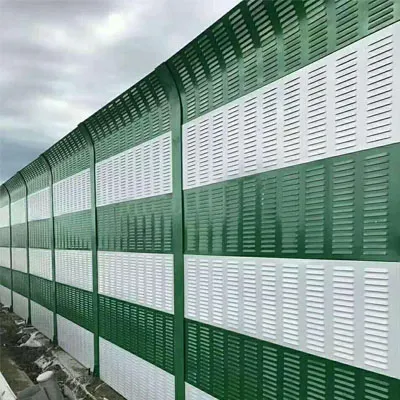The Joy of Climbing Exploring Playground Climbing Nets
In recent years, playground design has evolved tremendously, with a growing emphasis on safety, creativity, and physical activity. One of the most exciting and engaging fixtures in many modern playgrounds is the climbing net. These intricate networks of ropes and fibers offer children a chance to explore their physical abilities while encouraging collaborative play, balance, and coordination. In this article, we will delve into the benefits of climbing nets, their design characteristics, and their profound impact on child development.
The Benefits of Climbing Nets
Climbing nets are not just about fun; they provide a wealth of developmental benefits for children. First and foremost, they promote physical fitness. Climbing requires the use of various muscle groups, enhancing strength and endurance. As children navigate the ropes, they build not only their physical prowess but also their cardiovascular health. In an age where screen time often takes precedence over physical outdoor activities, climbing nets encourage energetic play that combats sedentary lifestyles.
Another significant advantage is the development of motor skills and coordination. Climbing requires precision and control, helping children to enhance their hand-eye coordination as they learn to navigate the net's complex structure. This physical engagement can also lead to improved spatial awareness, as children must constantly adjust their movements based on their position and the positions of other climbers.
Social Interaction and Teamwork
One of the most appealing aspects of climbing nets is their ability to foster social interaction. Playgrounds are social arenas where children learn essential interpersonal skills. Climbing nets can accommodate multiple children at once, encouraging cooperative play and shared experiences. As they climb, children engage in communication, negotiation, and teamwork, whether they are strategizing their ascent or assisting one another. This social dynamic aids in the development of vital life skills, including empathy, patience, and conflict resolution.
Moreover, climbing nets can also help to reduce feelings of anxiety and promote resilience. For many children, navigating a climbing structure can be intimidating at first. However, with encouragement from peers and caregivers, they push beyond their comfort zones, overcoming fears and learning to face challenges head-on. Each successful climb builds confidence, instilling a sense of achievement that can translate to other areas of life.
playground climbing net

Design Characteristics of Climbing Nets
The design of climbing nets is crucial in maximizing safety and engagement. Modern playground climbing nets are typically constructed with durable, weather-resistant materials that can withstand rigorous use while ensuring safety. Many are designed with varying difficulty levels, allowing children of different ages and skill sets to participate.
A well-designed climbing net often includes features such as varying heights, angles, and grid-like structures that encourage both creative climbing and safe descents. Some nets may even incorporate additional elements, such as tunnels, slides, or ziplines, integrating diverse play activities that entice children to explore further.
Safety is paramount in designing climbing nets. The use of soft landing surfaces, such as rubber mulch or engineered wood fibers, ensures that falls are less likely to result in injuries. Additionally, many playgrounds now follow strict safety standards and guidelines set forth by organizations such as the Consumer Product Safety Commission (CPSC) and the American Society for Testing and Materials (ASTM).
Conclusion
Climbing nets have emerged as a dynamic feature of modern playgrounds, blending physical activity with social interaction in a safe environment. They promote essential developmental skills, from physical fitness and motor coordination to teamwork and resilience. As children ascend to new heights, they are not just climbing nets; they are also building vital life skills that will support them as they grow.
In a world increasingly dominated by technology, ensuring that children have access to engaging, active play environments is more important than ever. As parents, caregivers, and educators, we must advocate for the inclusion of structures like climbing nets in playgrounds, recognizing their profound ability to enhance childhood development in a fun and enjoyable way. In doing so, we are nurturing the next generation of climbers, collaborators, and confident individuals ready to tackle the challenges that lie ahead.
-
The Best Metal Mesh Solutions: Expanded Aluminum Metal vs. Expanded Stainless Steel Metal
NewsSep.10,2024
-
Round Perforated Sheets vs. Hexagonal Perforated Sheets vs. Embossed Perforated Sheet Metal
NewsSep.10,2024
-
Perforated Metal Sheets
NewsSep.10,2024
-
Experience The Excellence Of Stainless Steel Grating
NewsSep.10,2024
-
Discover the Versatility Of Metal Mesh Expanded Forming Machines
NewsSep.10,2024
-
Discover The Advantages Of Steel Grating For Sale
NewsSep.10,2024
Subscribe now!
Stay up to date with the latest on Fry Steeland industry news.

